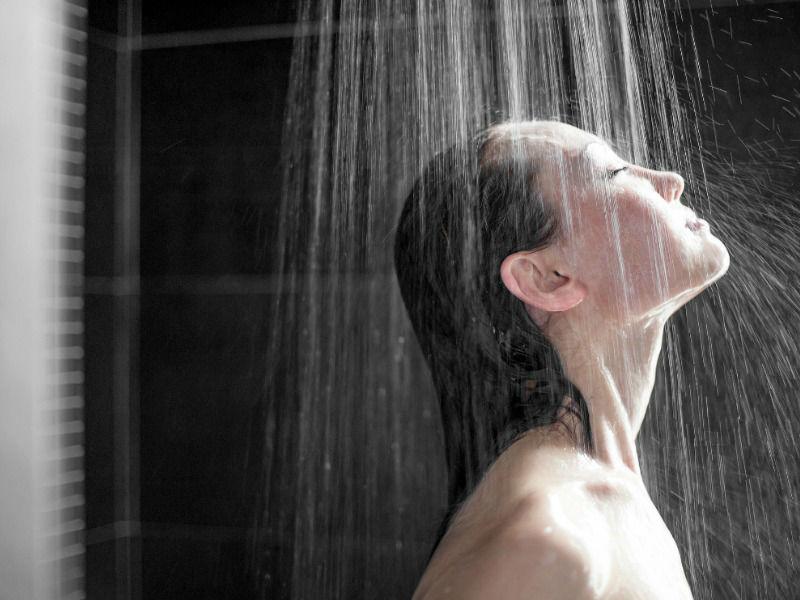One half of our daily chlorine exposure is from showering.
Chlorine is not only absorbed through the skin, but also vaporizes above room temperature, where it can be inhaled into the lungs, and transferred directly into the blood system. In fact, the chlorine exposure from one shower is equal to an entire day's amount of drinking the same water. Drinking filtered or bottled water only does half the job.
Documented scientific studies conclude that taking long hot showers is a health risk. In the enclosed shower stall, chlorine vaporizes where it is inhaled. To a lesser degree, dermal absorption also occurs. As chlorine is added to kill pathogenic microorganisms, such as bacteria, the highly reactive chlorine combines with fatty acids and carbon fragments to form a variety of toxic compounds. Medical studies suggest a link between absorption and inhalation of chlorine in the shower environment, with elevated risks for diseases and serious illnesses. Showering in chlorinated water may also cause pre-existing conditions, such as asthma and eczema, to become exacerbated.
In addition to health benefits of filtering water, there are cosmetic benefits. Symptoms of chlorine exposure are dry and/or flaking skin, dry brittle hair and red irritated eyes. Filtering the shower water reduces these symptoms. Skin and hair feel softer and eyes become less red and irritated.Feel free to take a look at some of our resources, here!


